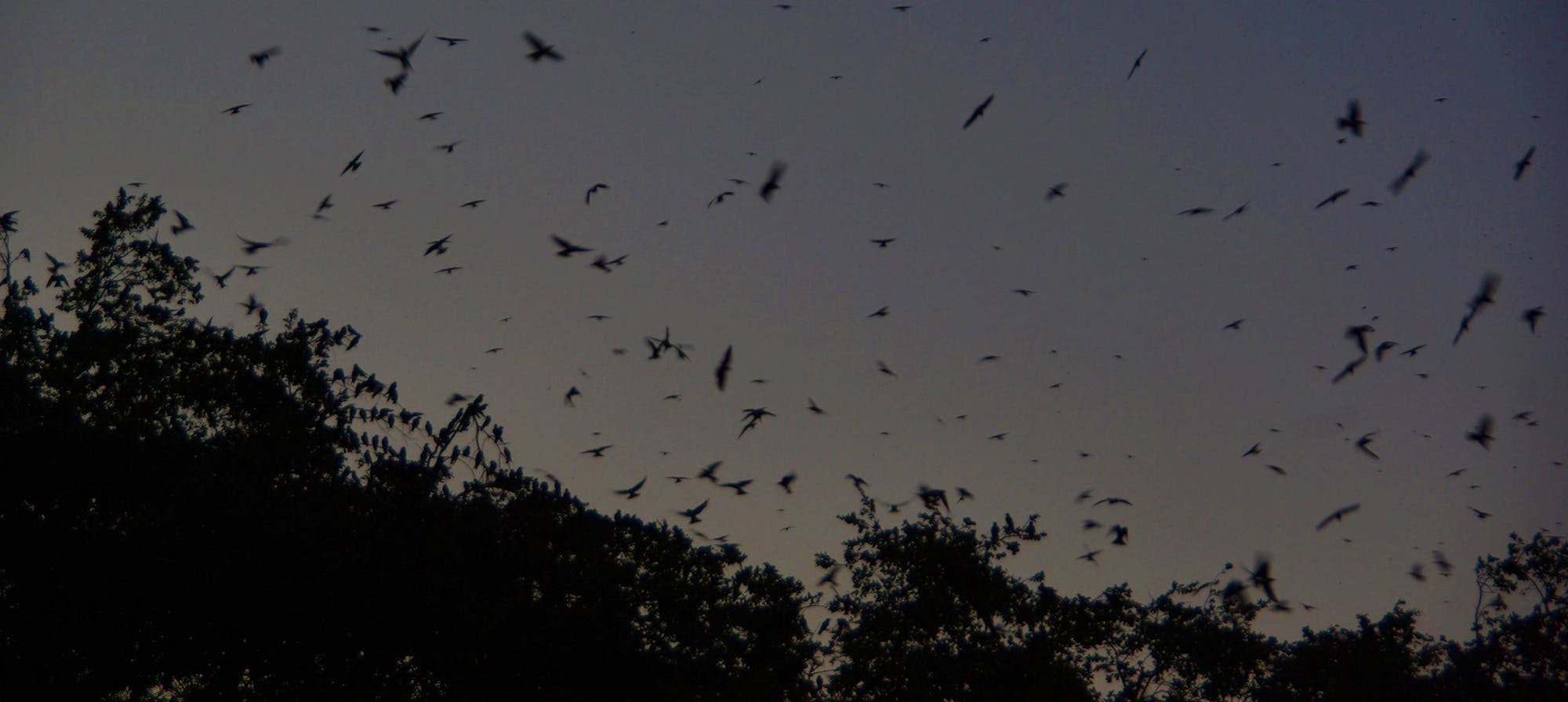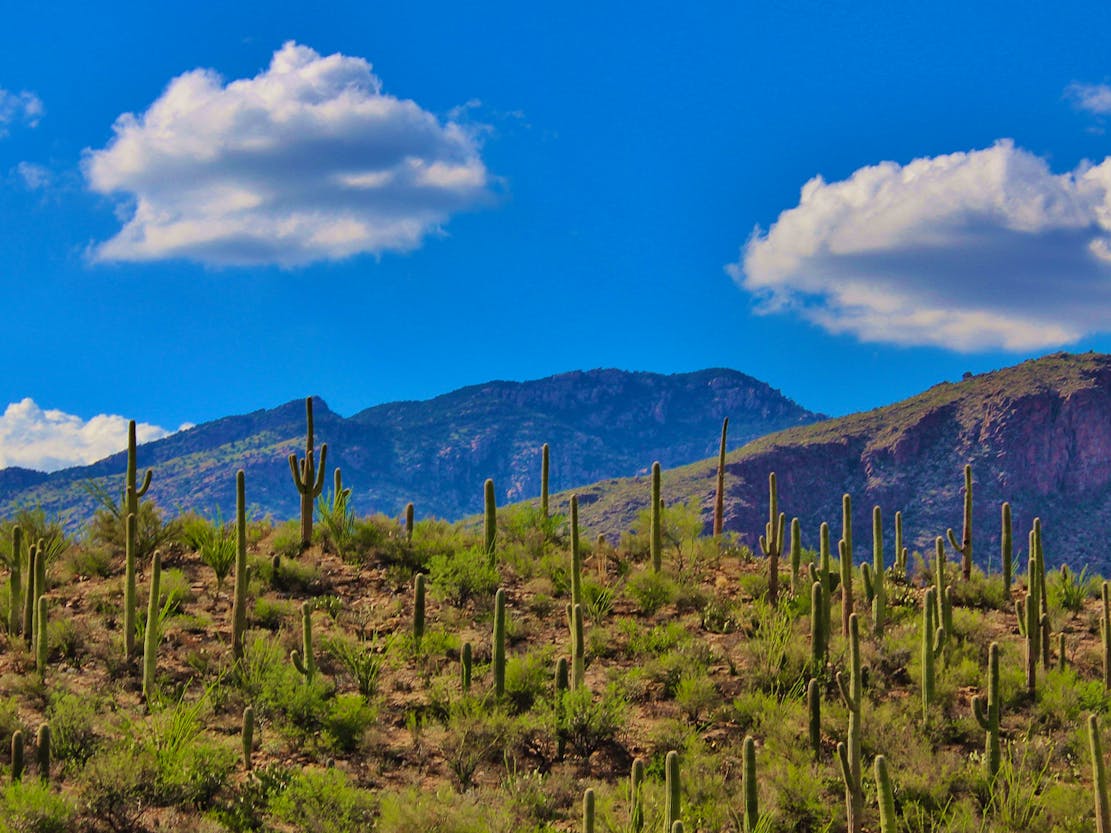Help protect the billions of birds that fly over Texas every spring and fall migration season by turning out the lights.
Lights Out, Texas! is a statewide campaign to reduce the mortality rates of migratory birds that fly over Texas twice a year during spring and fall migration. The hope is that, throughout the state, there is commitment to turn off all non-essential light. Efforts are led by community residents, organizations, universities and state officials.
When Should I Go Lights Out?
Spring Migration:
- Full Migration: March 1 – June 15
- Peak Migration: April 22 – May 12
Fall Migration
- Full Migration: August 15 – November 30
- Peak Migration: September 5 – October 29

Birds are essential to our planet’s ecology and local economies. They provide ecosystem services, act as benchmarks for environmental health, increase livability and connect people of all ages and abilities to the natural world. Birds also generate around $1.8 billion in economic impact annually in Texas, but it’s about more than money. Birds serve as bioindicators. Areas with diverse native birds present are assumed to be healthy and functional. When the birds are gone, the opposite is true.
Help protect the billions of migratory birds that fly over Texas annually. We encourage everyone to turn off non-essential lights at night from 11 p.m. - 6 a.m. during the migration seasons, and where conflicts apply, prioritize lights out during the critical peak migration periods.
Texas is globally important for birds.
Approximately 1 of every 3 birds migrating through the U.S. in spring, and 1 of every 4 birds migrating through the U.S. in the fall, or nearly two billion birds, passes through Texas.
Protecting birds in Texas promotes conservation of bird populations across the Americas.
Lights Out, Texas! was initiated as a statewide effort in spring 2020 to protect birds from light pollution by the Cornell Lab of Ornithology and BirdCast, with the essential support of founding Texas partners Houston Audubon, the Dallas Zoo and the Perot Museum of Nature and Science.
Thanks to this partnership effort, the Lights Out, Texas! initiative and pilot project made a lot of exciting news during the fall of 2020, when Mayor Johnson of Dallas, Texas, issued a proclamation declaring “Lights Out Nights”. For spring 2021, these groups unified efforts across Texas for even bigger impact with the help of coordinating organization Texan by Nature, founded by former First Lady Laura Bush. As of fall 2022, Audubon Texas coordinates the statewide Lights Out, Texas! program with the support of the Cornell Lab of Ornithology and many other supporting organizations in Texas.
Birds at Risk
U.S. bird populations are declining rapidly, with 1 out of every 4 birds lost since 1970. An estimated one billion U.S. bird deaths occur annually from collisions with buildings and structures, with migratory species at most risk. Migrating birds are often concentrated in cities because of attraction and disorientation resulting from light pollution. Birds are then doubly at risk for collisions and detours nocturnally, and collisions with reflective glass in commercial and residential windows.
What Can I Do to Help Birds?
Building owners, businesses, developers and homeowners can help protect migrating birds by turning off all non-essential nighttime lighting on buildings and other structures from 11:00 p.m. to 6:00 a.m. each night.
Lighting Guidelines for Everyone:
- Turn off all non-essential lights from 11:00 p.m. to 6:00 a.m. each night during migration season.
- Do not use landscape lighting to light up trees or gardens where birds may be resting.
- Close blinds at night to reduce the amount of light being emitted from windows.
For essential lights (like security lighting) use the following dark skies friendly lighting practices:
- Aim lights down.
- Use lighting shields to direct light downwards and to avoid light shining into the sky or trees.
- Use motion detectors and sensors so lights are only on when you need them.
Additional Guidelines for Buildings Taller Than Three Stories:
- Extinguish or dim: Exterior and decorative lighting (i.e. spotlights, logos, clock faces, greenhouses and antenna lighting); lobby/atrium lighting; and lighting in perimeter rooms on all levels of the building.
- Avoid: Floodlights; illuminating interior plants or fountains, and unoccupied floors; scheduling cleaning crews after dark; and blue-rich white light emissions (lighting with a color temperature of over 3000 Kelvin).
- Use: Desk lamps or task lighting rather than overhead lights; blinking lighting in place of continuously burning lights; and warm light sources (less than 3000 Kelvin) for outdoor lighting.
With your help, we can dramatically reduce the hazards posed by light pollution in cities nationwide and allow birds to resume their typical migratory behaviors.
Additional ideas for building owners and managers include:
- Motivate and inform your staff and tenants.
- Explain that adopting this new practice is a win-win; saving both birds and money.
- Clearly identify what lights need to be turned out, and how to go about shutting them off.
- Designate staff member(s) responsible for turning off lights and make sure they know when to do so.
- Publish your commitment and your success to your community.
- In your establishment: Place messaging around your establishment to help your tenants understand why you decided to turn lights out during migration season.
- On social media and your website: Share your success and influence others to make a positive change for wildlife and energy efficiency.
- In the press: Tell a reporter! As a leading establishment in your community, your commitment to go lights out to save birds is newsworthy. Push the news out to local and regional media channels.
Other Resources
- Get your home/business certified by Texas Conservation Alliance.
- Get your city “Bird City Texas” certified by Texas Parks and Wildlife.
- Invite Defenders to speak about Lights Out, Texas! in your city. For information, email southwest@defenders.org.
Texas Cities and Counties Involved in Lights Out, Texas!
Lights Out, Texas! is a true collaboration. Please join us in thanking our Lights Out, Texas!’s supporting cities and counties:
Hill Country/Austin area
- City of Austin, Office of Sustainability
- City of Buda
- City of Dripping Springs
- City of Fredericksburg
- City of Kyle
- City of San Marcos
- City of Wimberly
- City of Woodcreek
- Hays County
- Travis County
Dallas/Fort Worth Metroplex area
- City of Arlington
- City of Cedar Hill
- City of Dallas
- City of Fort Worth
- Ellis County
Houston/Gulf Coast area
- City of Houston
- City of Galveston
- City of League City
- City of San Antonio
West Texas area
- City of El Paso






